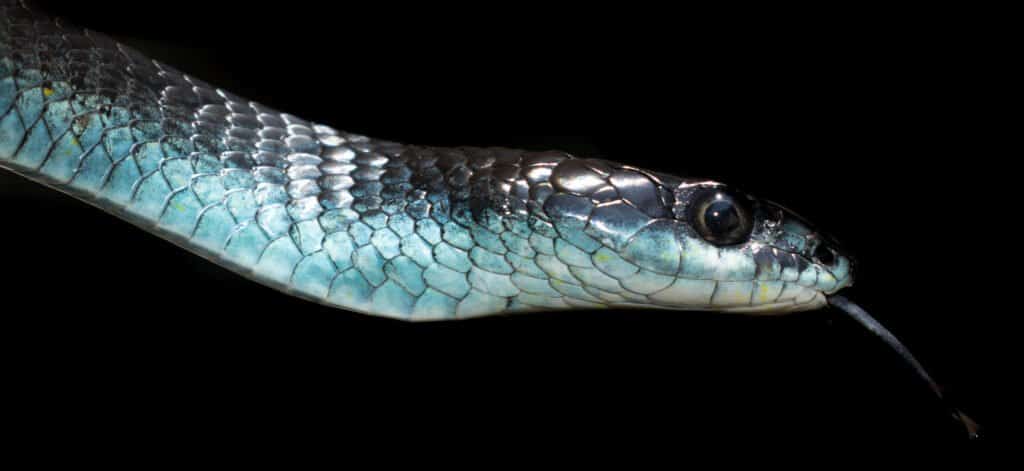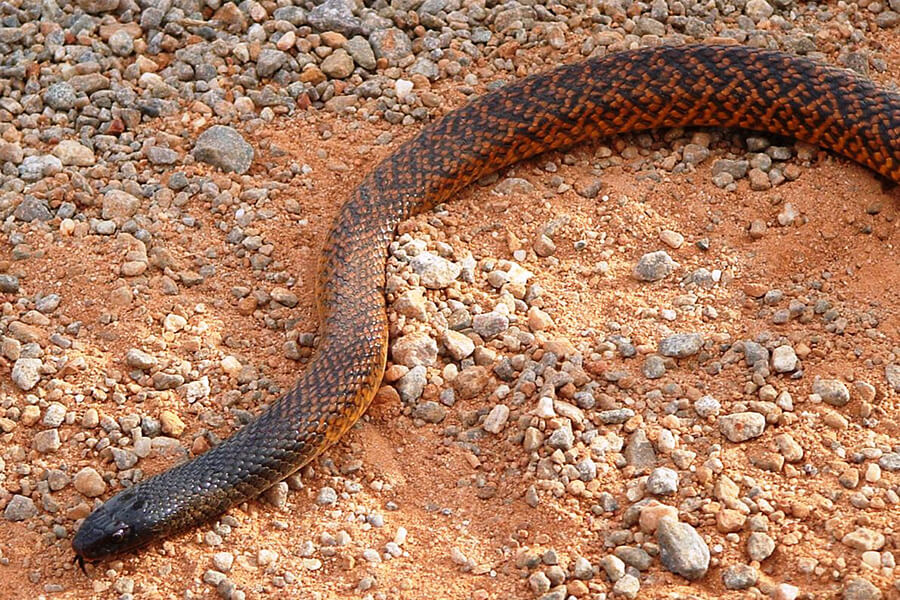Introduction


When it pertains to the interesting world of serpents, few varieties record the creativity fairly like the child tiger snake. Recognized for their distinct coloration and powerful venom, these snakes are an important part of Australia's distinct ecological community. In this comprehensive post, we will certainly explore different aspects of child tiger serpents, including their actions, environment, and exactly how to securely engage with them. Whether you're a wildlife fanatic or just curious about these creatures, comprehending infant tiger serpents can assist promote a deeper gratitude for nature.
Baby Tiger Snakes: What You Need to Know About Their Habits and Habitat
What Are Infant Tiger Snakes?
Baby tiger snakes are juvenile kinds of the very venomous species understood clinically as Notechis scutatus These snakes are primarily located in seaside regions of Australia, particularly in Tasmania and southerly Victoria. As they expand, their coloration changes from a more muted scheme to the characteristic yellow and black bands that provide their name.
One noteworthy element of child tiger serpents is their size; hatchlings generally measure around 25-30 cm black snake with blue belly in length. Despite their small stature, they possess an unusual quantity of poison that can be harmful to people if bitten.
Physical Characteristics
Tiger snakes possess a number of crucial physical traits:
- Coloration: The distinctive banding pattern usually comes to be more pronounced as they mature. Size: Grownups can reach sizes of up to 2 meters. Body Shape: They have a robust body that helps in swimming and earthbound movement.
Where Do Infant Tiger Snakes Live? Comprehending Their Habitat
Understanding the environment choices of child tiger serpents is necessary for both conservation efforts and public safety. These snakes prosper in different environments:
- Wetlands: Marshes and swamps offer sufficient hunting grounds. Coastal Regions: Typically discovered near beaches where they can hunt for prey. Woodlands: Dense plant life uses cover from predators.
Geographical Distribution
Tiger serpents are primarily discovered along Australia's southerly shoreline, consisting of:
- Tasmania: Home to among one of the most infamous populations. Victoria: Particularly in locations near water bodies.
Are Tiger Snakes Venomous? A Deep Dive into Their Venom
One usual inquiry emerges when discussing child tiger serpents: "Are tiger snakes poisonous?" The solution is a definite yes!
Venom Composition
The poison of tiger snakes consists of neurotoxins that can cause paralysis, coagulopathy (blood clot problems), and potentially fatality if neglected. Right here's what you require to understand:
- Effects on Humans: A bite from a tiger snake can lead to symptoms like swelling, pain at the bite website, nausea or vomiting, and also breathing failure.
Comparison with Other Poisonous Snakes
first aid snake bite kit - skillstrainingcollege.com.auIn comparison to other Australian snakes such as the eastern brownish serpent or king brownish serpent, tiger serpent poison is considered among the most powerful. Nonetheless, fatalities are rare due to improved medical therapies and accessibility to antivenom.
Behavioral Patterns of Child Tiger Snakes
Understanding just how infant tiger snakes behave is vital for those who live in or check out locations where these reptiles are prevalent.
Nocturnal Habits
Most infant tiger snakes exhibit nocturnal actions. They have a tendency to forage for food during cooler evening temperatures. This adaptability helps them prevent predators while improving their searching efficiency.
Hunting Techniques
Their searching strategies include:

- Ambush Predation: Waiting inactive till target comes close. Active Foraging: Proactively moving via vegetation or along rivers searching for food.
First Help for Serpent Bites: What You Ought to Know
Despite being fascinating creatures, experiences with child tiger serpents can lead to dangerous scenarios if attacks take place. Understanding emergency treatment treatments can save lives.
Immediate Steps After a Bite
Remain calmness; panic enhances heart rate. Immobilize the impacted limb utilizing a splint or bandage. Seek prompt medical attention-- antivenom might be necessary.Creating a Snake Bite First Aid Kit
A well-prepared emergency treatment kit should include:
|Product|Function|| ------------------------------|--------------------------------------|| Compression bandage|To debilitate the limb|| Splint|Supports broken bones or joints|| Antihistamines|Relieves allergies|| Emergency situation contact numbers|Quick access during emergency situations|
Common Myths Regarding Tiger Snakes Debunked
Many misconceptions surround these fascinating reptiles; allow's make clear some mistaken beliefs frequently held by people.
Myth # 1: All Tiger Snakes Are Aggressive
While some people might show defensive habits when intimidated, not all tiger snakes screen hostility in the direction of people unless skillstrainingcollege.com.au provoked.
Myth # 2: Baby Tiger Snakes Are Less Unsafe Than Adults
This myth could not be better from the reality! Infant tiger snakes consist of almost as much poison as grownups relative to their size; hence they posture significant dangers if bitten.
FAQs About Child Tiger Snakes
What do child tiger snakes eat?- They largely take in tiny mammals, birds, frogs, and fish.
- Look for slim bodies with faint banding patterns that end up being more noticable as they mature.
- Yes! Birds of prey and larger reptiles might target them.
- Typically every few weeks as they grow rapidly throughout their early life stages.
- While some individuals do maintain them illegally without authorizations because of their hazardous nature; it's usually not suggested given their venomous status.
- With timely medical therapy-- including antivenom-- the survival rate is high!
Conclusion
In recap, comprehending child tiger serpents-- what they eat, where they live, just how they behave-- can equip us with valuable understanding regarding these remarkable yet unsafe animals. The significance of education and learning surrounding first aid steps can not be overstated; understanding exactly how to respond efficiently after a bite could conserve lives while fostering regard for our wriggling next-door neighbors within Australia's abundant biodiversity range.
By valuing these snakes' functions within ecological communities-- and identifying potential dangers-- we promote conjunction as opposed to fear-based reactions towards each other's presence in nature's grand tapestry! Whether you're a passionate walker contemplating your next journey or simply interested about regional wildlife experiences near home-- this overview serves as your trusted recommendation factor on the enigmatic world lived in by our close friends-- the splendid baby tiger snake!